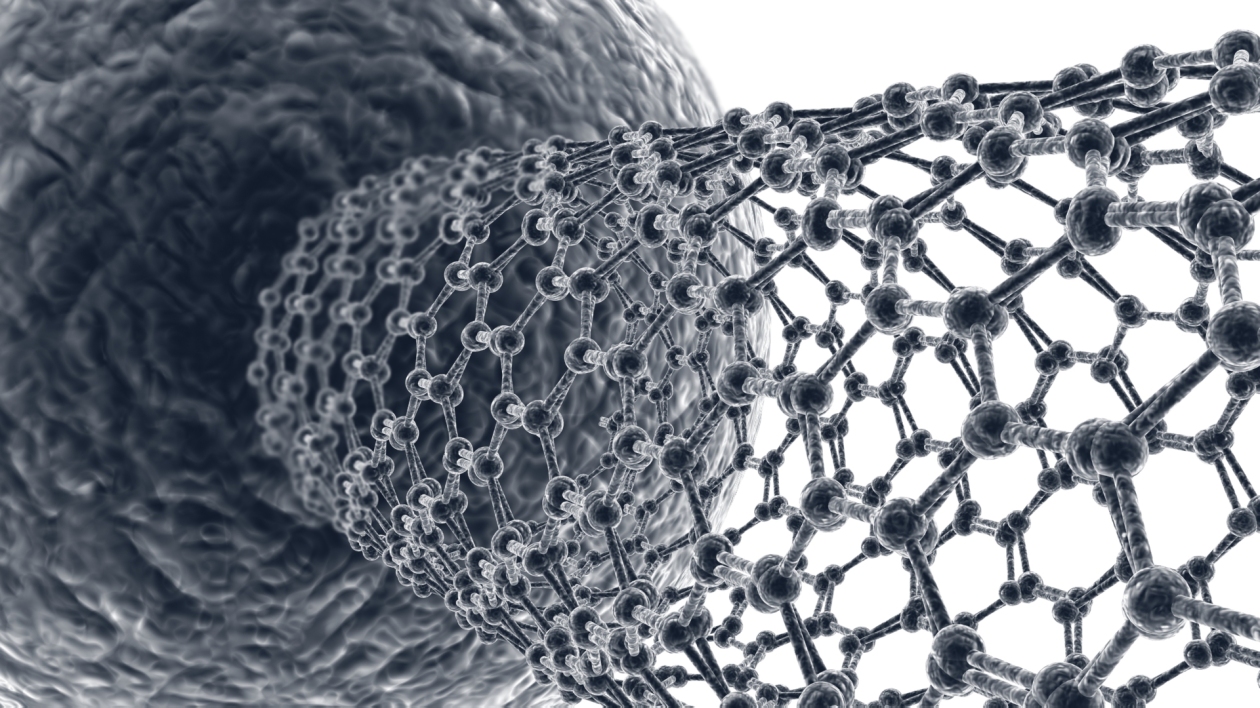John Locke
V U L K A N

[SIZE=9pt]

[SIZE=9pt]Intent:[/SIZE][SIZE=9pt] To submit a new technology for Locke and Key Mechanics[/SIZE]
[SIZE=9pt]Image Source: [/SIZE][SIZE=9pt]Archimorph[/SIZE]
[SIZE=9pt]Canon Link: [/SIZE][SIZE=9pt]N/a[/SIZE]
[SIZE=9pt]Primary Source: [/SIZE]
[SIZE=9pt]Nanotechnology[/SIZE]
[SIZE=9pt]Nano-droid[/SIZE]
[SIZE=9pt]Singularityhub[/SIZE]
[SIZE=9pt]Disruptionhub[/SIZE]
[SIZE=9pt]Wiki[/SIZE]
[SIZE=9pt]Carbon Nanotubes[/SIZE]
[SIZE=9pt]

[SIZE=9pt]Manufacturer:[/SIZE][SIZE=9pt] Locke and Key Mechanics[/SIZE]
[SIZE=9pt]Affiliation:[/SIZE][SIZE=9pt] [/SIZE][SIZE=9pt]Company Name: [/SIZE][SIZE=9pt]Locke and Key Mechanics[/SIZE]
[SIZE=9pt]Model:[/SIZE][SIZE=9pt] Nano Assemblers [/SIZE]
[SIZE=9pt]Modularity:[/SIZE][SIZE=9pt] No[/SIZE]
[SIZE=9pt]Production: [/SIZE][SIZE=9pt]Minor [/SIZE][SIZE=9pt](Large groups of characters. (IE: Multiple factions, companies, or groups.)[/SIZE]
[SIZE=9pt]Material: [/SIZE][SIZE=9pt]Carbon[/SIZE]

[SIZE=9pt]Able to construct pre-programmed products[/SIZE]

[SIZE=9pt]Automated: Once programmed the nano-droids can be let to work without the need for constant adjustments and reprogramming.[/SIZE]
[SIZE=9pt]Micro-scale: The droids are capable of adjusting material on a molecular scale, in effect using molecules as building blocks to construct anything from a spoon to a dress.[/SIZE]
[SIZE=9pt]Material: The nano-droids are programmed to only affect certain materials as per the construct programmed into them. This makes them relatively safe in the case of a spill or someone being aught in the cloud.[/SIZE]

[SIZE=9pt]Emp-ion: The nanobots are vulnerable to any emp or ion based attacks, as most electronics are. With no way to correct for this or reset, an EMP can wipe out an entire batch/workforce of nano-droids.[/SIZE]
[SIZE=9pt]Limited programming: The nano-droids are only capable of being programmed to work on one thing at a time, only one construct. They are incapable of adapting to changes or problems, or even of being stopped or re-programmed after release.[/SIZE]
[SIZE=9pt]Power: The nano-droids have a limited amount of power, which in turn limits the size of the constructs they can build outside of a very specialised bay which creates an induction field they can use. [/SIZE]

[SIZE=9pt]Sufficiently advanced magic is indistinguishable from magic.[/SIZE][SIZE=9pt]Arthur C. Clarke[/SIZE]
[SIZE=9pt]To someone born in the pre-space travel days the technology available to the galaxy would have been a marvel. Repulsors, Hyperspace, space stations bigger than cities, glowing sticks of pain. However, perhaps the most magical technology would be Nanotechnology. Robots so small they were invisible able to affect matter on a microscopic level, able to change things in ways you might never have dreamed possible. [/SIZE]
[SIZE=9pt]That’s what the Nano Assemblers are, Locke and Key’s first real foray into nano-technology. They were a simple concept, a swarm of Nanobots programmed to build something, to take raw materials and reshape them into something useful. There was nothing fancy or special about them, but the potential applications...those could be immense. From the medical field to construction, the ability to quickly and efficiently build would have profound effects. [/SIZE]
[SIZE=9pt]The technology itself had limitations, mostly in the field of power and the nanobots ability to alter and adapt to changes, but they suited the purpose John Locke had envisaged. A successful first foray into the world of Nanotechnology, and a set up for future developments and technologies. [/SIZE]






